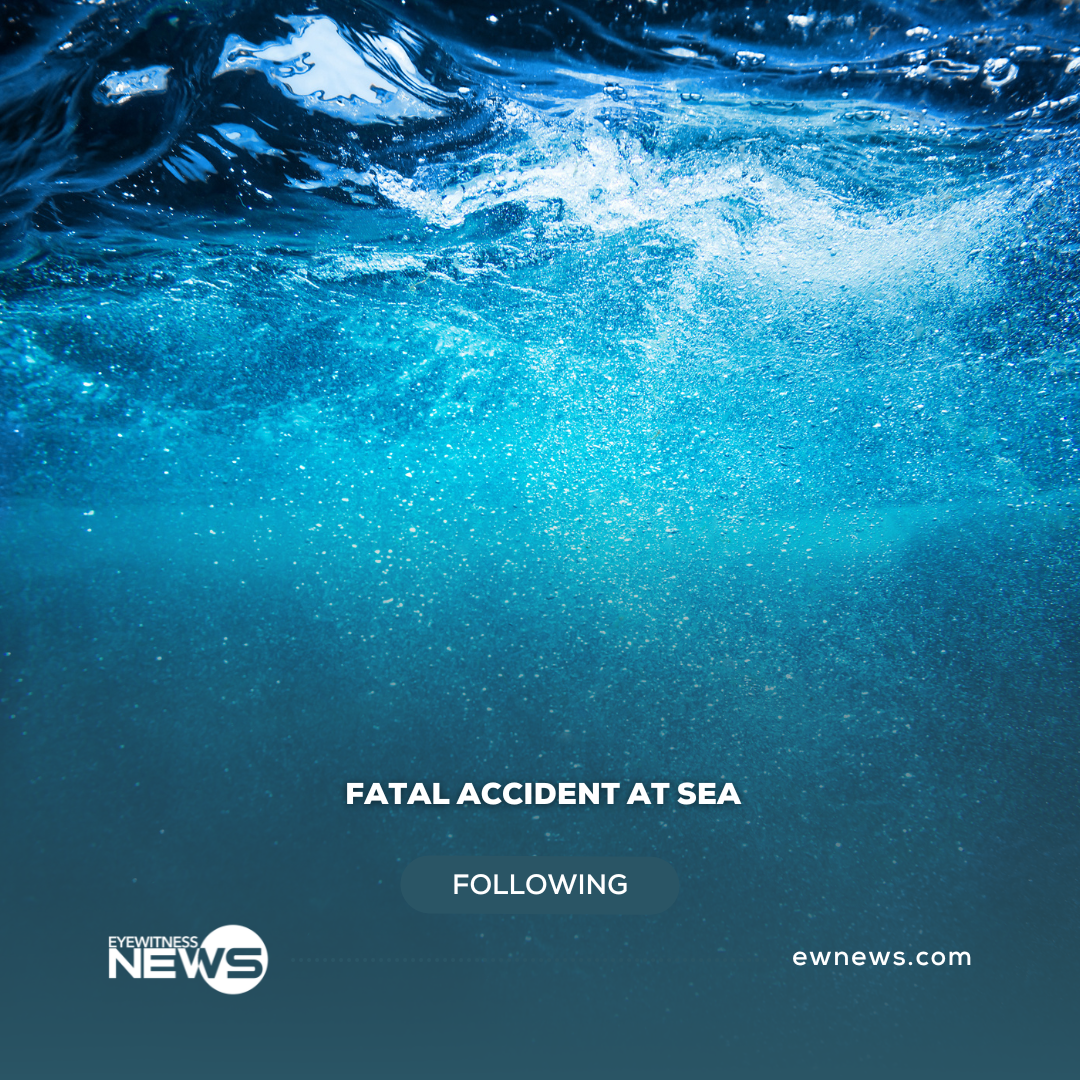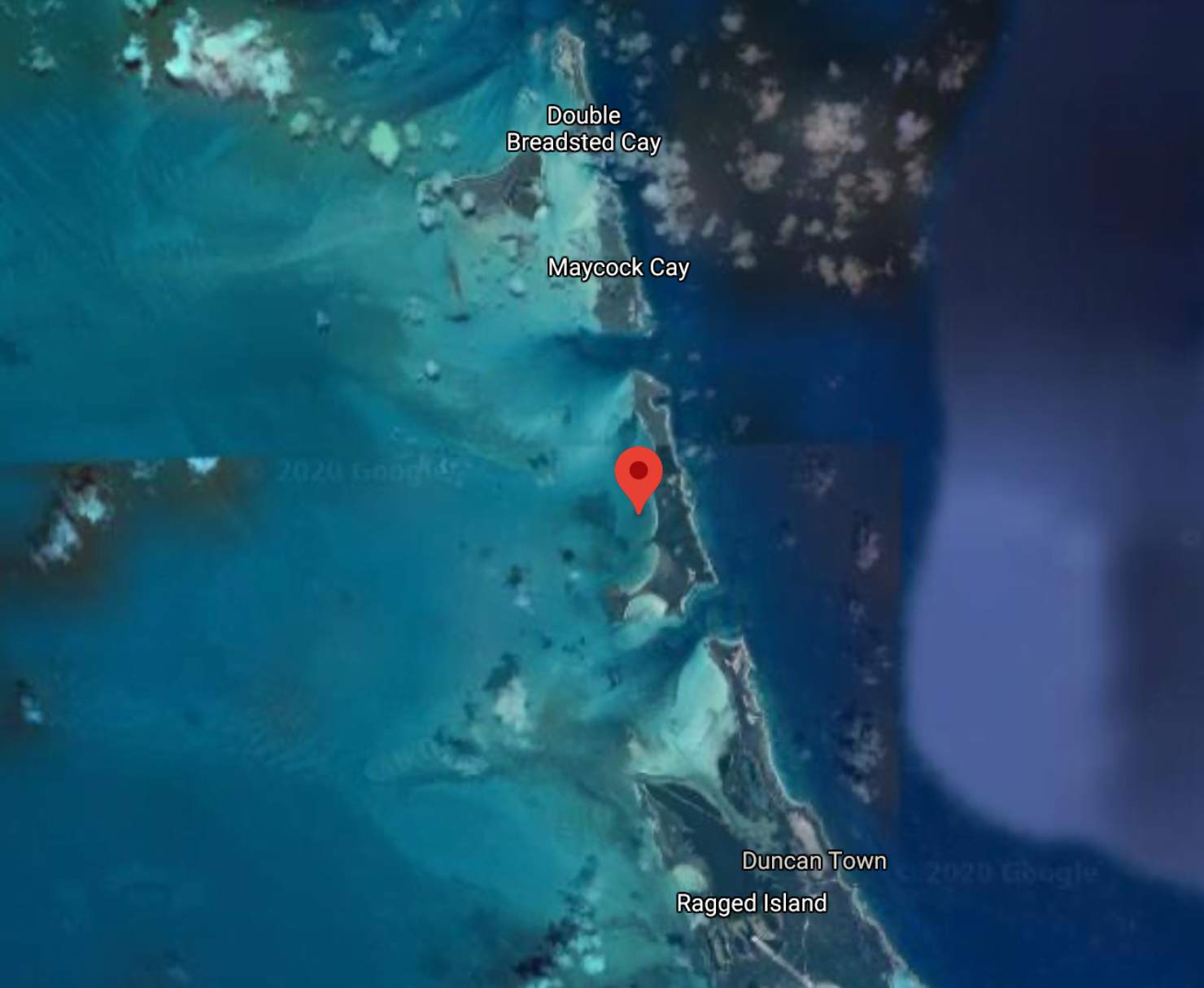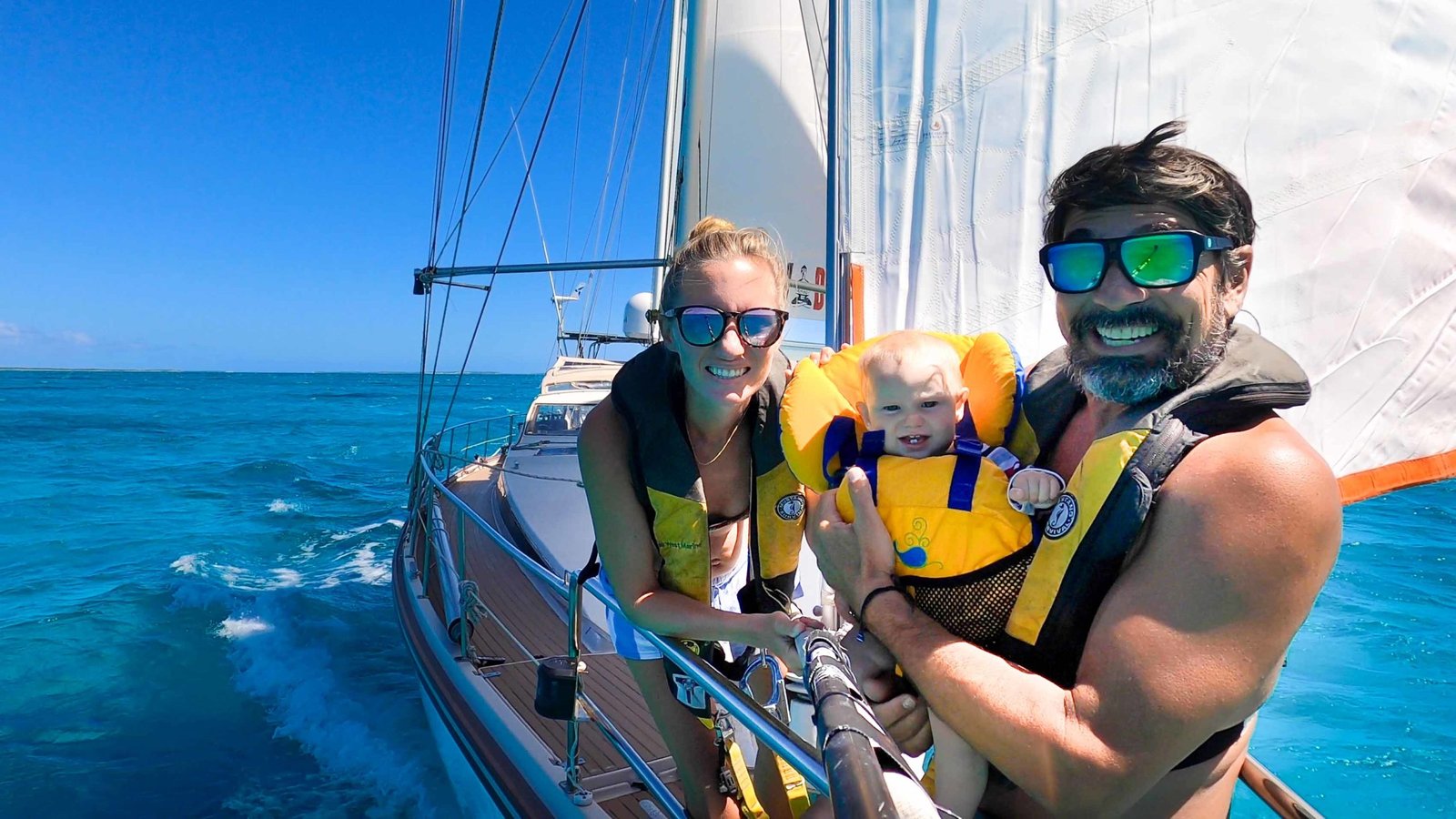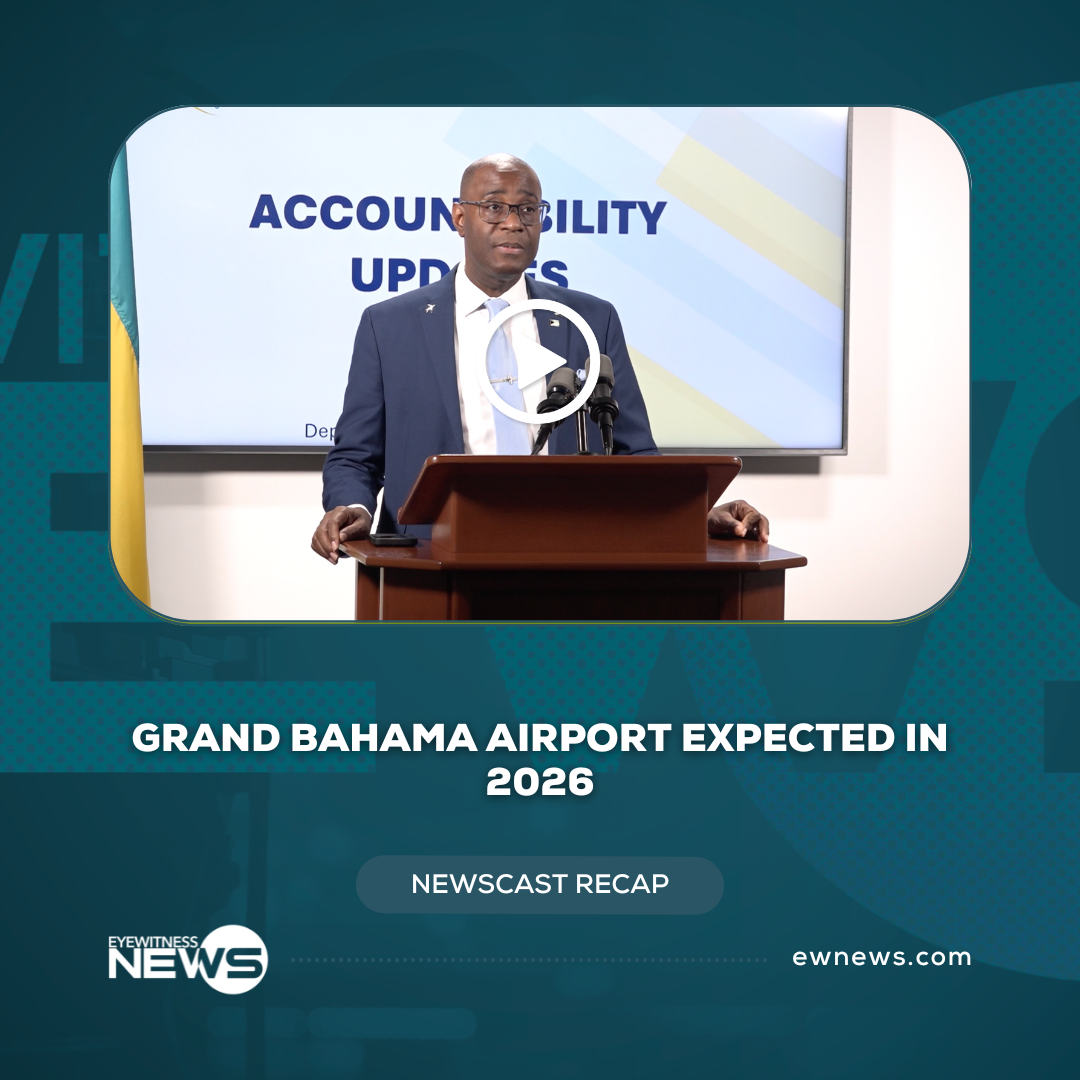NASSAU, BAHAMAS – Five environmental groups have recently submitted a letter to the top sustainability officer of the Walt Disney Company, which raises questions about the adequacy of the environmental impact assessment (EIA) now underway for Disney Cruise Line’s proposed Lighthouse Point project in Bannerman Town, South Eleuthera.
The directors of BREEF, EARTHCARE, reEarth, Save The Bays and Waterkeepers, said on Sunday that the recently released Heads of Agreement (HoA) described a project that is far larger than anticipated.
The government signed a heads of agreement with Disney Cruise Lines for the planned development of a cruise port at Lighthouse Point on March 7, 2019.
Shortly after the signing, Prime Minister Dr. Hubert Minnis said the government will ensure the project is carried out in a way that safeguards the environment and as in line with the interest of the Bahamian people.
He also noted that no construction would be carried out until an environmental impact assessment is completed to the satisfaction of the government.
But on Sunday, the five environmental groups pointed out that the details of the project outlined in the HoA depict a much greater risk for potentially negative impact on the environment, while promising far fewer and more restricted economic benefits.
“Lighthouse Point is located at an important natural and cultural site in the heart of a proposed Marine Protected Area,” the environmentalists said in an issued statement.
“Disney’s proposed $250,000,000 pier would be constructed upon an undisclosed area of seabed, which Disney seeks to lease for 50 years on a renewable basis.
“Given the size and scope of the proposed project (including a vast physical infrastructure and a potential human impact of up to 20,000 visitors per week), there are mounting concerns that Disney Cruise Lines has released no public information regarding the scope of the project’s EIA.”
Moreover, the environmental groups said they wanted to highlight the “peculiarity” of Disney hiring a very small consulting firm in Nassau to undertake a review of such a massive and complex project.
Theenvironmental groups said they recognize the reality that The Bahamas lacks the capacity and resources to analyze and manage environmental impacts of such a large project, but they have urged Disney not to interpret these shortcomings as a license to exploit the situation.
“Disney, whose annual revenues dwarf the entire gross national product of many nations, should raise the standard in regard to environmental protection, as well as cultural preservation and economic opportunity,” the environmental groups said.
Notably, the environmental groups insist that consistent with U.S. and international practice, the EIA should include consideration of alternatives, including a “no-build” alternative and location of the proposed cruise port at another site.
Also, recognizing Disney for its environmental policies and programs, the environmentalgroups called upon the corporation to live up to its own standards and procedures.
The environmental groups noted that the letter issued to the top sustainability officer of The Walt Disney Company, closes with a listing of the studies and analyses that should appear in a comprehensive EIA.
The environmental groups also pointed out the importance of including economic analyses so that one can measure the economic benefits against the negative environmental impacts.
Theenvironmental groups also made mention of the late April visit to the Bahamas of Robert F. Kennedy, Jr., President of the Waterkeepers Alliance.
The environmentalists said at the time of Kennedy’s visit, he expressed that, “Companies do not have the right to destroy something that they can’t create. God created Lighthouse Point and He created it perfectly. Disney needs to show that they are going to protect it and not degrade it.”
In response, environmental groups said yesterday, “We think Mr. Kennedy’s words about Lighthouse Point will resonate with many Bahamians.”
According to the Disney HoA, Disney will ensure a minimum of 120 Bahamians will be employed during the construction phase, and has “committed to aim” for an overall 80:20 ratio of Bahamian to foreign workers during that phase.
Disney plans to invest between $250 million and $400 million in the port project, which will include low-density development and sustainable design, public access, and the restoration of various historical and cultural sites.
Around 190 acres of land Disney purchased from the private seller will be conveyed to the government for conservation and a national park.


















